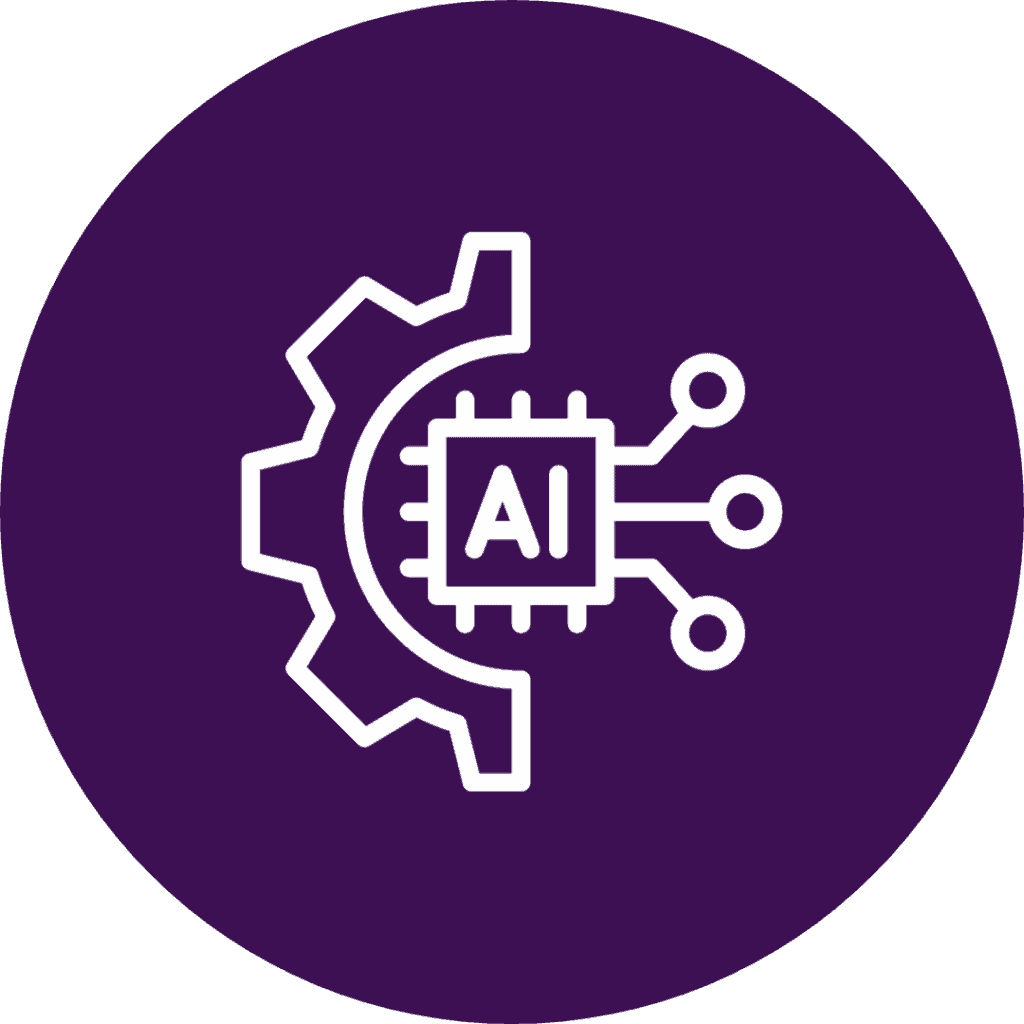Despite the recent buzz, customer service automation isn’t a new concept. As early as the 1980s, interactive voice responses (IVR) were first developed, using pre-recorded voices to answer basic queries, redirect calls and guide users.[1] Today, due to technological advancements and artificial intelligence (AI), the functionalities of customer service automation have completely revolutionised interaction between businesses and their customer base. This has paved the way for modern and intuitive products like Alexa – which through optimised large language models and AI automation, can maintain conversations, order goods and even control energy usage at home. With this form of intelligent self-service, businesses can use automated phone calls, chatbots and virtual assistants to resolve larger volumes of customer queries in a shorter space of time. But, given recent studies shedding light on low customer satisfaction ratings for chatbots and virtual assistants, is customer service automation a friend or a foe?
What are the benefits?
Customer service automation offers a host of advantages that can cut operational costs and, in some cases, remove human error. This enables businesses to provide instant access support, 24-hours a day at a reduced cost. With the help of AI-powered bots and voice assistants, businesses can reduce wait times, relaying any concerns to a system that can learn, adapt, and respond to complex queries in a short space of time.
Last year, 67% of consumers used chatbots for customer support,[2] many of which rely on generative AI to provide interactions that feel more human. These models can learn from each interaction, constantly evolving to better meet users’ needs. But it doesn’t just stop there, AI automation tools can be implemented to support the upkeep of knowledge bases and databases, provide insights into customer behaviour and preferences, and even take on repetitive tasks.
Overall, the evolution of customer service automation has marked a significant global shift in customer service practices and models allowing businesses to scale up and redirect valuable human resources to more complex tasks.
What are the drawbacks?
Although technological capabilities have come leaps and bounds due to AI development, most end users remain adamant that customer services require human oversight. The reality is, though businesses are cutting costs and realising the benefits, customers are simply not satisfied with the services provided. In 2018, Forbes noted only 33% of consumers found chatbots and virtual assistants useful in resolving their concerns,[3] causing many businesses to review their use of automation and its effect on customer satisfaction. Studies have proven that despite the advantages of automation coupled with the capability of AI to anticipate need and offer human-like conversation, end users still prefer human agents.[4] Deployed in isolation, it seems automation does more harm than good, compromising overall customer experience and leaving vulnerable and non tech savvy groups feelings incredibly limited, unheard, and frustrated. And when automated interactions don’t go as planned, human agents often bear the brunt of consumer’s frustrations.
But businesses shouldn’t question their investments. In more ways than one, automation has shown to be highly profitable[5], especially when coupled with more traditional forms of customer service. It’s crucial that businesses understand what works well and identify pain points that have detrimental effects on user experience – both internally from an employee perspective, and externally for the end user. This enables a clear strategy to be developed to mitigate concerns and empower customers to choose an interactive solution that best serves them.
Here are some ways to reassess automation and AI application to boost satisfaction and optimise customer experiences.

Becoming more selective with automation
We’ve established that chatbots receive low satisfaction ratings,[6] and these issues aren’t going to go away. If customers prefer human agents, why not redirect automation services to backend processes?
In addition to front-end chatbots and voice agents, AI technology can be deployed for non-customer facing tasks which to optimise experiences and redirect valuable human resources. With the help of automation, businesses can streamline content processes, making it possible for agents to deliver faster resolutions and reduce call handle timeframes.

Making it personal
Businesses must revisit existing customer journeys to gain greater understanding of its impact on end users. Doing so sheds light on how customers are feeling, what’s going well and any pain points that require resolution. With customer insights, tailored service offerings can be developed to suit a broader range of customer needs, ensuring that none feel left behind.
An omnichannel and more integrated approach significantly enhances end users’ experiences. This can be done by identifying customer groups and designing a series of journeys and service blueprints that are suitable for all. Through careful customer routing and personalisation businesses can ensure that no customer query or concern is left unanswered and most importantly, that more vulnerable groups feel prioritised.
Customers should be given the option to choose a method of interaction that best suits them and caters for their needs. This considers tech savvy and more time sensitive customers, who benefit from self-serve AI powered solutions, as well as those who opt for more traditional methods of communications phone, email or even in person.

Keep the future in mind
We can assume that as automation and AI continues to develop, systems will continue to learn and adapt, becoming even more intelligent and able to adopt more human-like behaviours. Whether they will ever be able to replace or outperform human agents in the case of customer service remains to be seen. It’s important that businesses continue to realise their benefits to remain competitive in todays ‘market. What we can be certain of, at least for now, is that for majority of customer service queries, humans want to interact with other humans. With careful consideration and coupled with human-centred design, automation can be efficient and effective in providing end users with the right support when they need it.
Summary
In isolation, customer automation and AI is neither friend, nor foe but combined with human oversight, businesses can maximise benefits and boost customer service capabilities. Prioritisation of customer journeys and satisfaction is key to designing memorable and exceptional experiences that meet the needs of users and their strategic business goals. This Experience Design approach enables businesses to proactively identify and eliminate customer pain-points, glean valuable insights, and put customer centricity at the heart of processes to deliver a combination of AI automation and more traditional forms of customer services.
Get in touch for more information on how Experience Design can benefit your business.

Moorhouse Consulting




